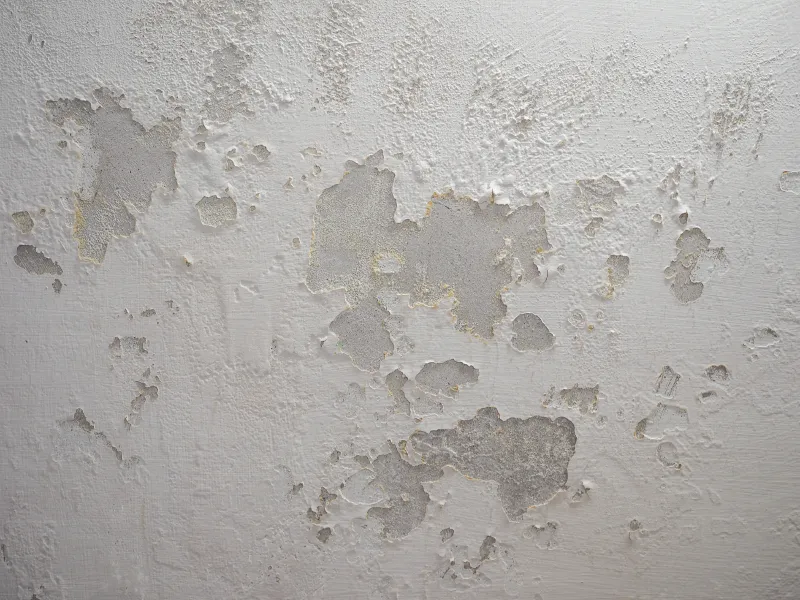Do's & Don'ts of Water Damage.
Do's & Don'ts of Water Damage.
Blog Article
We've noticed this article pertaining to Safety Tips To Prevent Fire And Water Damage listed below on the internet and decided it made sense to write about it with you in this article.

Water gives life, but water intrusion on some parts where it's not meant to be can cause damages as well as trouble. It can peel away the surface and also wear down the material's foundation if the water seeps right into your framework. Mold and mold also flourish in a wet atmosphere, which can be unsafe for your and your household's wellness. Furthermore, residences with water damage smell musty as well as old.
Water can originate from several resources like hurricanes, floods, burst pipes, leaks, as well as sewage system issues. If you have water damage, it's better to have a working knowledge of safety precautions. Right here are a few standards on exactly how to handle water damage.
Do Prioritize Residence Insurance Policy Insurance Coverage
Seasonal water damage can come from floodings, seasonal rains, and wind. There is additionally an incident of an unexpected flooding, whether it came from a defective pipe that unexpectedly bursts right into your house. To protect your house, get house insurance that covers both disasters such as natural tragedies, and also emergencies like damaged plumbing.
Don't Fail To Remember to Shut Off Utilities
When disaster strikes as well as you're in a flood-prone location, switch off the main electrical circuit. Turning off the power avoids
electric shocks when water comes in as water functions as a conductor. Don't forget to turn off the major water line shutoff as a method to avoid even more damage.
If the floodwaters are getting high, keep your furnishings steady as they can move and create extra damage.
Do Stay Proactive and also Heed Weather Condition Alerts
Tornado floodings can be extremely unpredictable. Remain proactive and also ready at all times if you live in an area tormented by floods. Listen to the information and emptying warnings if you live near a body of water like a creek, river, or lake. Take out your belongings and also important papers from the very beginning and basement, then placed them in a refuge and also the highest possible degree.
Don't Overlook the Roof
Your roofer ought to take treatment of the faulty rain gutters or any type of various other indicators of damage or weakening. An evaluation will certainly protect against water from flowing down your walls and soaking your ceiling.
Do Focus On Tiny Leakages
There are red flags that can draw your attention as well as suggest to you some damaged pipes in your residence. Indications of red flags in your pipelines include gurgling paint, peeling off wallpaper, water streaks, water spots, or trickling sounds behind the walls. Fixing and examine your plumbing fixed before it results in large damages to your house, financial resources, and also an individual nightmare.
Don't Panic in Case of a Burst Pipeline
Timing is vital when it comes to water damages. If a pipe bursts in your home, promptly closed off your primary water shutoff to reduce off the source and also stop even more damages. Call a reputable water damages reconstruction specialist for assistance.
Water provides life, yet water invasion on some parts where it's not supposed to be can result in damage and also hassle. In enhancement, residences with water damages smell old as well as mildewy.
Seasonal water damage can come from floodings, seasonal rainfalls, and also wind. Signs of red flags in your pipes consist of gurgling paint, peeling off wallpaper, water touches, water spots, or trickling audios behind the wall surfaces. If a pipe bursts in your residence, promptly closed off your primary water shutoff to reduce off the resource and stop even more damage.
Some Do's & Don't When Dealing with a Water Damage
DO:
Make sure the water source has been eliminated. Contact a plumber if needed. Turn off circuit breakers supplying electricity to wet areas and unplug any electronics that are on wet carpet or surfaces Remove small furniture items Remove as much excess water as possible by mopping or blotting; Use WHITE towels to blot wet carpeting Wipe water from wooden furniture after removing anything on it Remove and prop up wet upholstery cushions for even drying (check for any bleeding) Pin up curtains or furniture skirts if needed Place aluminum foil, saucers or wood blocks between furniture legs and wet carpet Turn on air conditioning for maximum drying in winter and open windows in the summer Open any drawers and cabinets affected for complete drying but do not force them open Remove any valuable art objects or paintings to a safe, dry place Open any suitcases or luggage that may have been affected to dry, preferably in sunlight Hang any fur or leather goods to dry at room temperature Punch small holes in sagging ceilings to relieve trapped water (don't forget to place pans beneath!); however, if the ceiling is sagging extremely low, stay out of the room and we'll take care of it DO NOT:
Leave wet fabrics in place; dry them as soon as possible Leave books, magazines or any other colored items on wet carpets or floor Use your household vacuum to remove water Use TV's or other electronics/appliances while standing on wet carpets or floors; especially not on wet concrete floors Turn on ceiling fixtures if the ceiling is wet Turn your heat up, unless instructed otherwise
As an enthusiastic reader about Simple Solutions To Preventing Fire And Water Damage To Your Home, I figured sharing that piece of content was a good thing. Appreciated our piece of writing? Please share it. Help other people locate it. I treasure reading our article about What You Can Do At Home To Prevent Fire And Water Damage.
Report this page